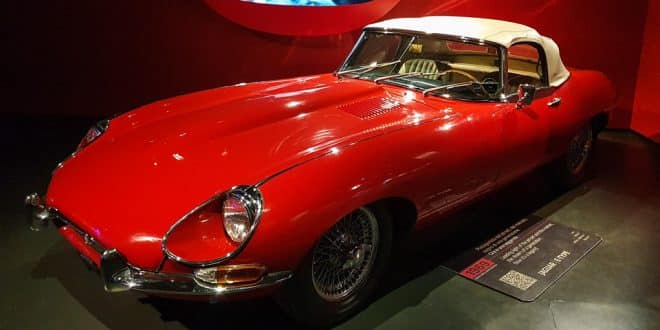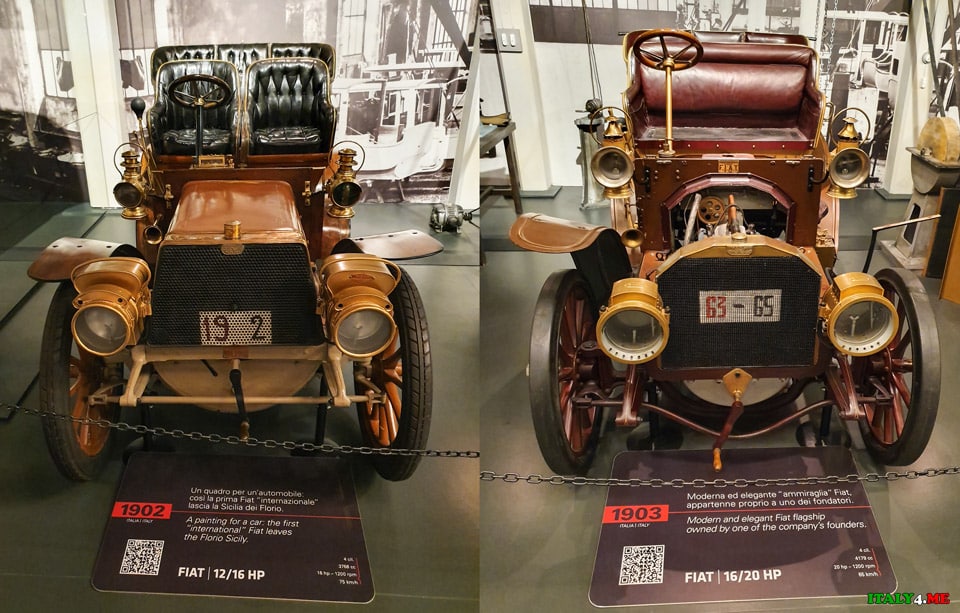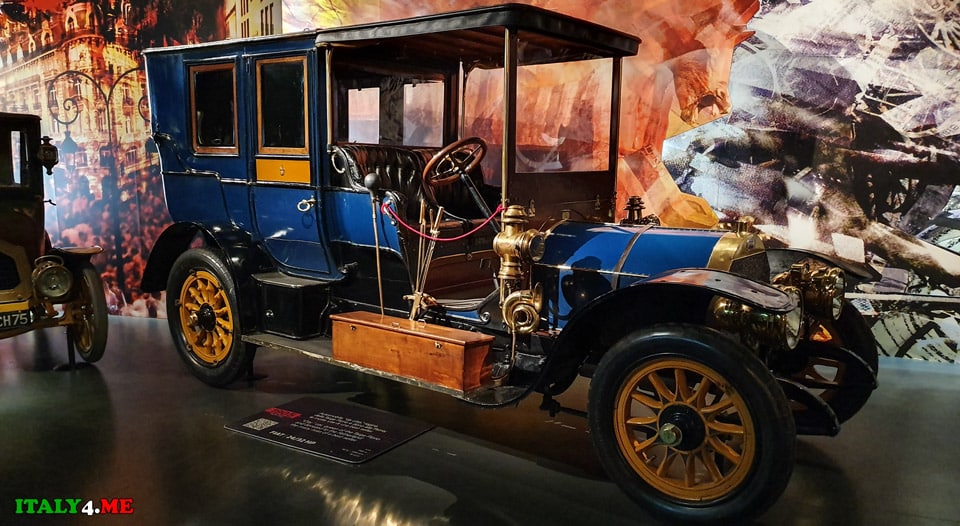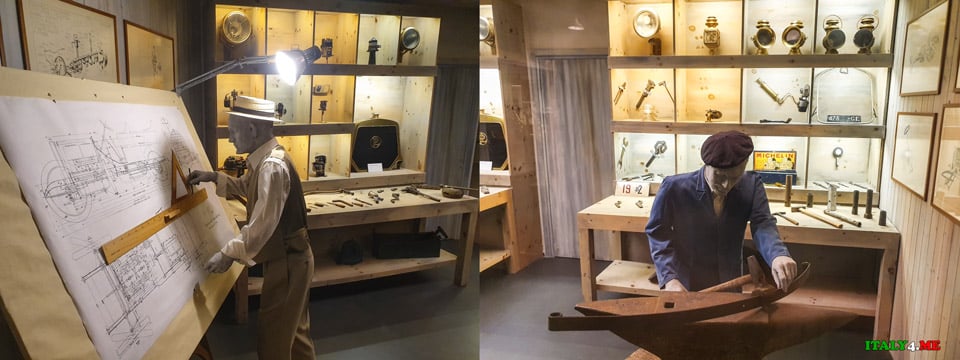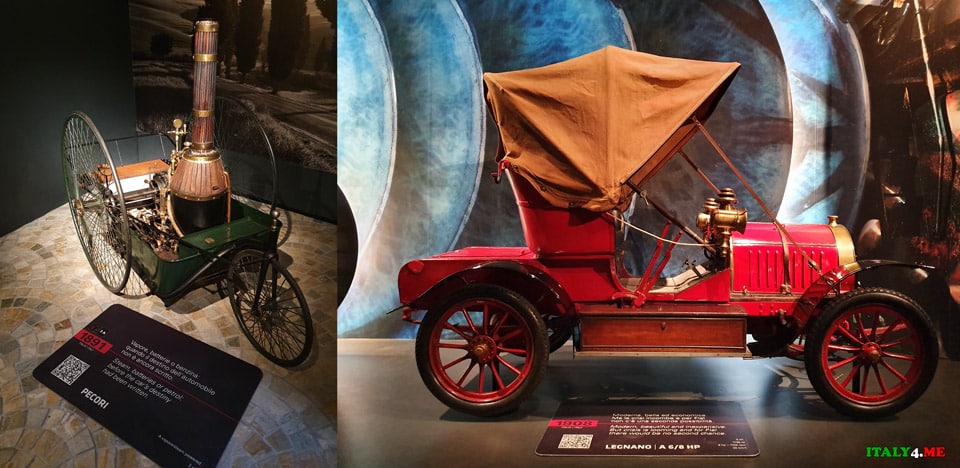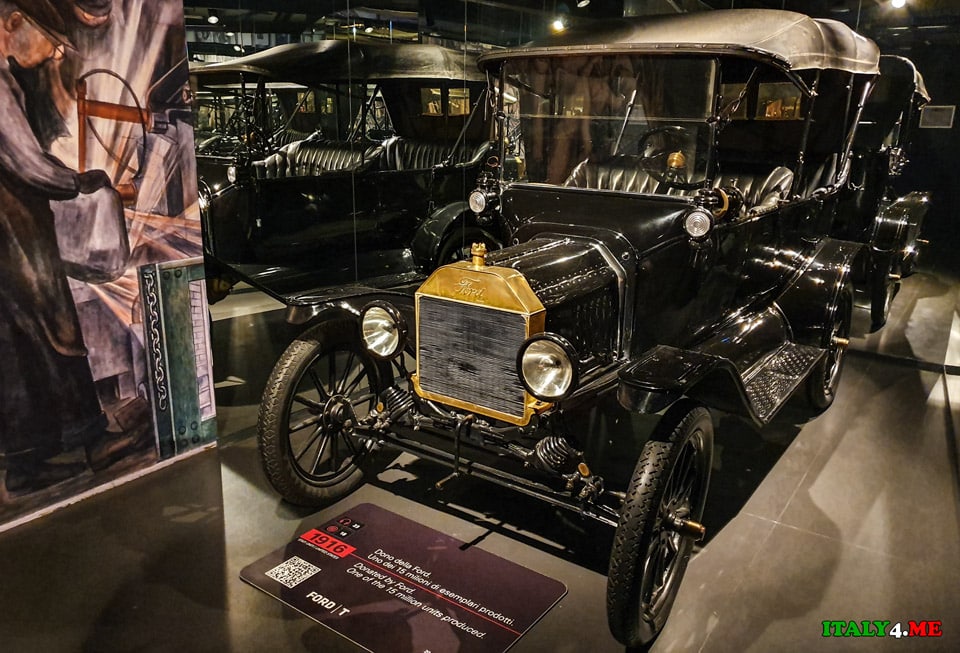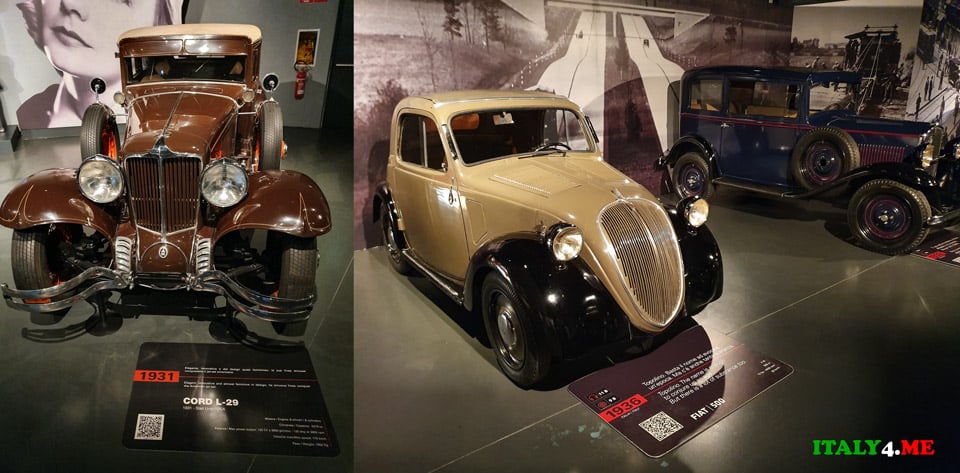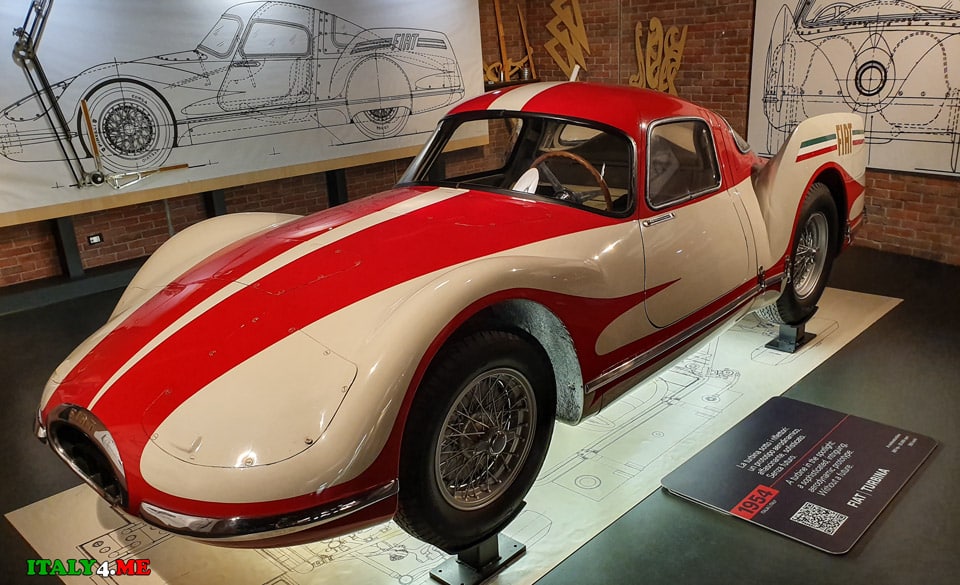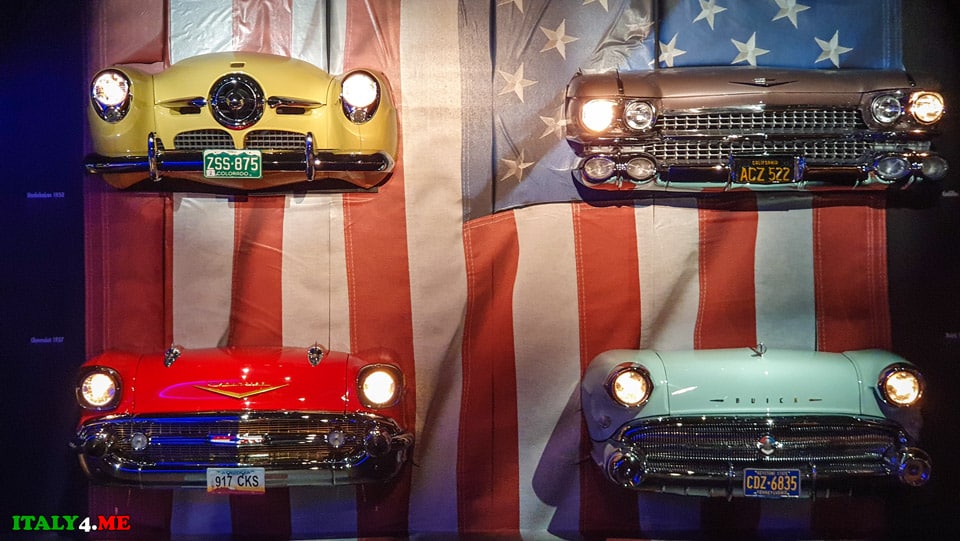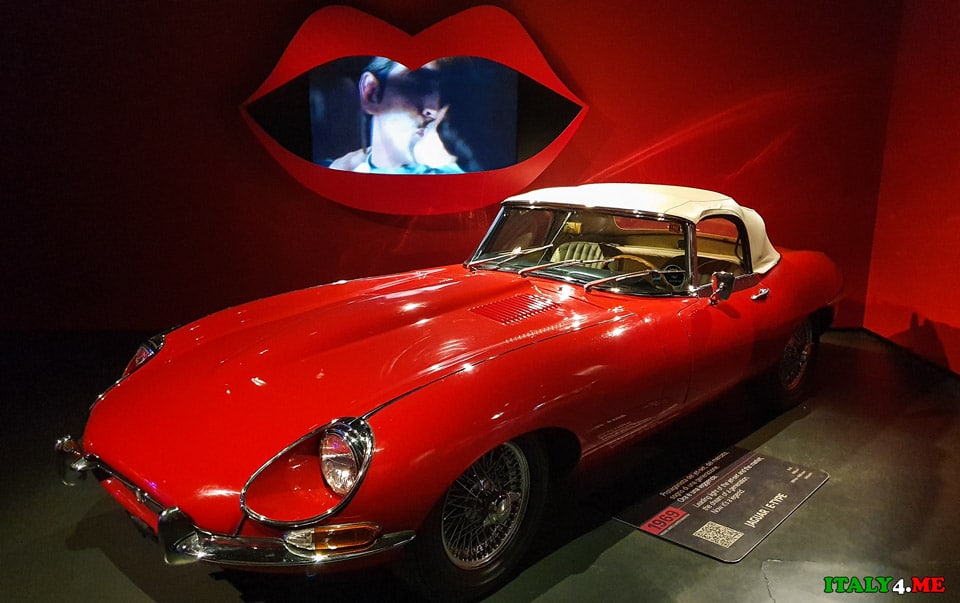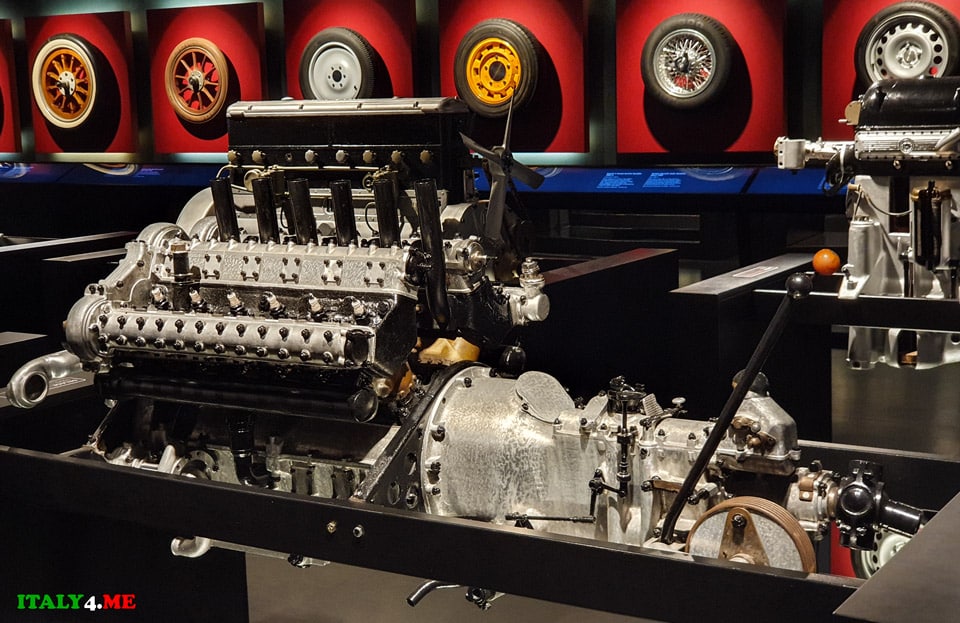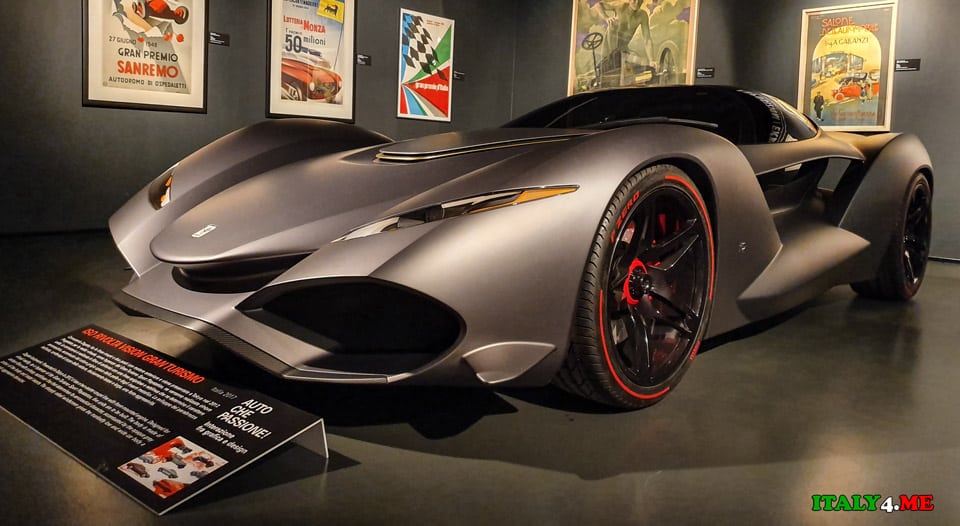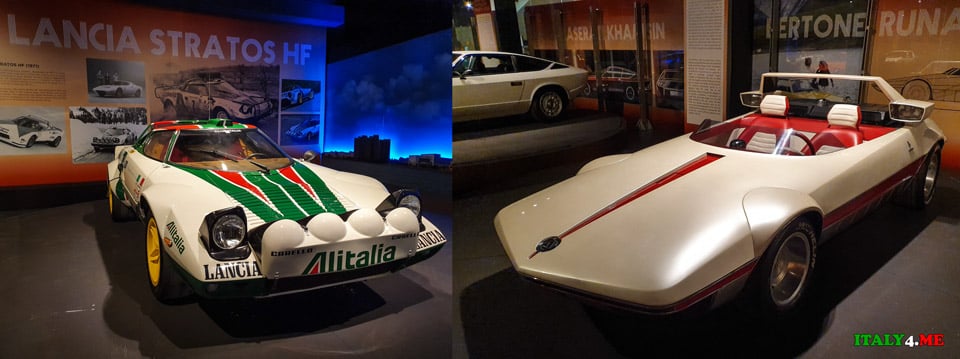The National Automobile Museum (Museo Nazionale dell’Automobile) in Turin (Torino) is named after Giovanni Agnelli, an Italian entrepreneur and former majority shareholder of Fiat and Juventus football club. It ranks among the top 50 museums in the world.
During a visit to the museum, you can explore historical materials, archival photographs, technical specifications of cars, and learn about famous car designers. You can also access additional interesting information using your smartphone, multimedia kiosks, or iPads provided by the museum.
Page Contents
Opening Hours of National Automobile Museum in Turin
- Monday: 10:00 AM to 2:00 PM
- Tuesday to Sunday: 10:00 AM to 7:00 PM
- Last entry is one hour before closing.
Official Website: www.museoauto.it
Address: Corso Unità d’Italia 40, 10126 Torino
Ticket Prices
- Adult Ticket: 12 euros
- Reduced Ticket: 10 euros for visitors aged 6 to 26 and those over 65.
- Free Admission: Children under 6; journalists with international credentials; Turin Piedmont Museums and Turin + Piedmont Card holders.
Photo Report and My Review of the National Automobile Museum in Turin
I didn’t expect the automobile museum in Turin to make such an impression on me, especially my wife. We walked through the exhibition for about 2 hours, delving deeper into the history of car manufacturing.
The museum was founded in 1932, and in 2014, it underwent a complete reconstruction, becoming a super-modern architectural structure today.
The exhibition begins with an intriguing installation—a carriage without a coachman or horses but with an engine attached to the rear—this is how automobile manufacturing began over 100 years ago! We were captivated by it for several minutes.
Photographing in the museum is a desire that arises with every exhibit. I’ll present to you only the models that struck me as the most beautiful and unusual.
Some of the early Fiat models from 1902 and 1903.
A Fiat from 1905 with a roof.
This is how the workshops of engineers and designers looked at the beginning of the 20th century.
A three-wheeled Pecori carriage for one passenger from 1891 and a stylish Legnano from 1908. Unfortunately, due to the crisis, the car didn’t have a chance, but you have to admit, it’s a beauty!
Moving on to the next era. An American model, the Cord L-29 from 1931, weighed 1,800 kg and could accelerate to 170 km/h, and the first Fiat 500 (Cinquecento) from 1936.
The Italian Lancia Aprilia from 1948, a splendid example of aerodynamic design. With a 1.5-liter engine, it could reach speeds of up to 125 km/h. And a super-stylish Mercedes Benz 540X from 1936, the kind that, in my imagination, Italian gangsters drove in the USA.
Parallel to us, a group of Italian schoolchildren from 8 to 13 years old visited the museum, and they were excited near this Fiat Turbina from 1954. After all, good design is timeless.
In the 1950s, Fiat began mass production of the 500 and 600 models.
A separate hall is dedicated to American cars, and oh, how beautiful their shapes were!
Next to the 1969 Jaguar E-TYPE, they display excerpts from Hollywood movies where it was featured in romantic scenes. I’m sure even today, many ladies would be “head over heels” sitting next to the driver in such a car.
The GAZ M-20, also known as the “POBEDA,” from 1957, is a legendary domestic automobile.
One of the earliest solar-powered cars in the world, active developments of alternative energy sources began as early as 1987.
A large hall is dedicated to the evolution of wheels and motor engineering. Mirrors are placed under the engine stands for convenient examination of the construction from various angles.
A separate space is devoted to rare sports cars and concept models. I was particularly drawn to the Zagato Iso Rivolta Vision Gran Turismo, created in 2017 specifically for a computer game and never once hit the public roads.
The evolution of Ferrari racing cars, from the earliest models to modern Formula 1 cars that competed just last season.
- I recommend checking out a photo report on the Ferrari Museum in Modena.
Old Lancia racing cars with pop-up headlights and the Runabout concept designed by Marcello Gandini of the Bertone studio, which was showcased at the Turin Motor Show in 1969.
And a few more prototypes from 1970.
The exhibition focuses on contemporary art in the museum’s final hall – various art objects and installations are created from car parts.
I enjoyed the museum; it exceeded my expectations. I recommend including it in your essential cultural itinerary if you plan to visit Turin.
Adjacent to the museum is a unique hotel located in the former FIAT factory workshops.
Interesting Facts about the National Automobile Museum
- Iconic Italian Collection: The National Automobile Museum in Turin houses over 200 Italian cars, including rare gems like the 1884 De Dion Bouton, the world’s oldest running car, and the 1961 Ferrari 250 GT SWB, one of only 165 ever built.
- Stunning Art Deco Architecture: The museum is a masterpiece of Art Deco design, built for the 1932 International Exhibition of Modern Decorative and Industrial Arts. Its elegant facade and interiors are a fitting backdrop for Italy’s automotive artistry.
- Turin, the Cradle of Italian Auto Industry: Turin, known as the “Detroit of Italy,” played a pivotal role in the nation’s automotive history. The museum’s location is in the heart of this automotive heritage, making it a pilgrimage site for enthusiasts.
- Interactive Exhibits: It’s not just a static display; the museum offers interactive exhibits, allowing visitors to explore the evolution of Italian automobiles through multimedia presentations, creating an immersive experience.
- Ferrari Legacy: The museum celebrates the legacy of Enzo Ferrari, a key figure in Italian automotive history. It houses an impressive collection of Ferrari cars, including the 1953 Ferrari 375 MM Spider, demonstrating the brand’s evolution over the years.
 Italy for me From Italy with love
Italy for me From Italy with love

